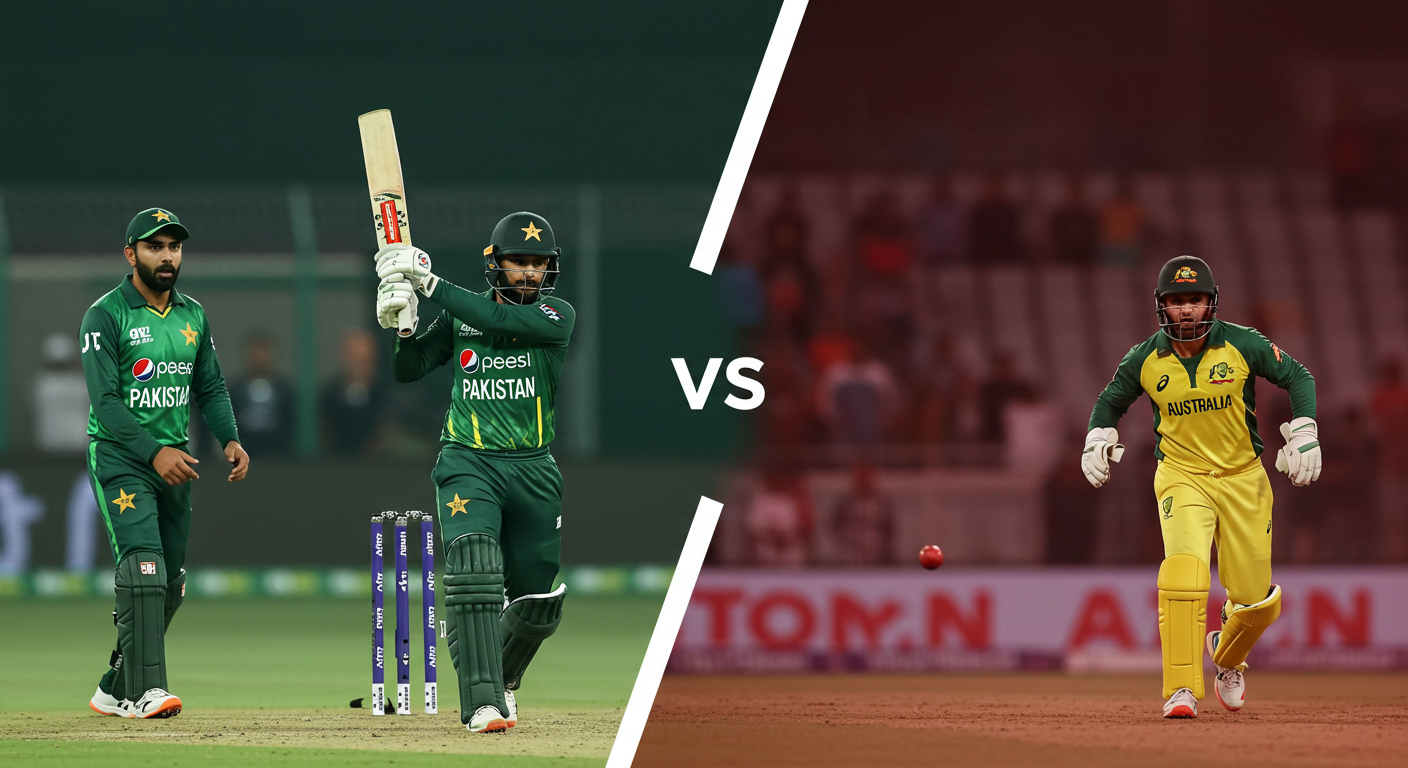Pakistan Cricket Board Members: Steering the Green Shirts Towards Glory

Pakistan Cricket Board Members: Steering the Green Shirts Towards Glory
The Pakistan Cricket Board (PCB) plays a crucial role in shaping the fortunes of Pakistani cricket. From nurturing young talent to overseeing international matches, the PCB’s members are tasked with navigating a complex landscape, balancing the needs of the players, the fans, and the nation. But who are these individuals behind the scenes, and what are their responsibilities?
This article delves deep into the world of the PCB, examining its composition, the roles of various members, the challenges they face, and the impact their decisions have on the game in Pakistan.
A Complex Web of Responsibility
The PCB is a multifaceted organization, encompassing a wide range of activities from grassroots development to international tournaments. The board members must be well-versed in diverse areas, including sports administration, finance, legal matters, and marketing.
Beyond the board, a sprawling network of committees and departments underpins its operations, each with its unique function and responsibility. From the selection committee, which crafts national teams, to the finance committee, which manages resources, every aspect of cricket in Pakistan is intertwined with the board’s structure.
Key Roles and Responsibilities
The chairman of the PCB is the highest-ranking official, leading the board and spearheading key initiatives. Other key members include the CEO, secretary, and various committee heads. Their responsibilities often include:
- Strategic Planning: Formulating and implementing long-term strategies for the development of cricket in Pakistan.
- Financial Management: Overseeing the board’s financial resources, ensuring prudent spending, and seeking opportunities for revenue generation.
- Governance: Maintaining transparency and accountability in all board operations.
- Player Development: Supporting and fostering the talent of young cricketers through various programs and initiatives.
- International Relations: Negotiating with other cricket boards, fostering partnerships, and ensuring participation in international tournaments.
- Infrastructure Development: Investing in and maintaining cricket infrastructure, including stadiums and training facilities.
The Challenges Facing the PCB
Leading a cricket board in a developing nation like Pakistan isn’t without its hurdles. The PCB faces numerous challenges, including:
- Financial Constraints: Securing adequate funding to support various aspects of the sport.
- Political Interference: Navigating potential pressures from political forces and ensuring independence in decision-making.
- Maintaining Player Morale: Ensuring fair play and creating a supportive environment for players.
- Public Expectations: Balancing the expectations of passionate fans and the pressure to win matches.
- Corruption Concerns: Preventing and addressing any instances of corruption within the organization.
- Improving Infrastructure: Investing in better training facilities and modern stadiums across the country.
The Impact of PCB Members
The decisions and actions of PCB members profoundly impact the Pakistani cricket landscape. Successful strategies, visionary leadership, and transparent practices can inspire a surge in national pride, talent development, and international recognition.
Conversely, internal conflicts, financial mismanagement, or lack of focus on player well-being can have detrimental effects on the team’s performance and the overall image of Pakistani cricket.
Looking Ahead: A Path Forward
The future of Pakistani cricket depends heavily on the ability of the PCB to navigate these complexities effectively. The board members need to prioritize:
- Sustained Financial Stability: Ensuring long-term financial security for the organization.
- Emphasis on Player Well-being: Creating a holistic support system that addresses the physical and mental health of players.
- Promoting Inclusivity: Making sure that all aspects of Pakistani cricket reflect the diversity of the country.
- Strong Governance: Fostering accountability and transparency at every level of the organization.
This commitment to good governance and sound management will be critical to nurturing the next generation of cricket stars, building a strong fan base, and ensuring the continued success of Pakistani cricket on the global stage.
Beyond the Playing Field
The impact of the PCB extends far beyond the playing field, affecting the social fabric of the nation. The board’s role in providing jobs, community engagement, and instilling a sense of national pride through cricket can’t be underestimated.
The PCB can leverage the popular appeal of the sport to create positive social change and empower individuals. Fostering ethical leadership, encouraging diversity, and ensuring transparency in all dealings are crucial to achieving this goal. Building strong relationships with communities, nurturing talent at a young age, and establishing robust pathways for career growth in cricket are important steps towards a stronger and more vibrant Pakistan.
Conclusion
The Pakistan Cricket Board members stand at the forefront of Pakistan’s cricketing endeavors. Their decisions, strategic choices, and ethical considerations determine the path forward for the Green Shirts. This article aims to shed light on the crucial roles these individuals play, enabling a deeper understanding of their impact on Pakistan’s cricketing legacy and national pride. The PCB’s ability to navigate the complexities of the modern cricketing world, addressing financial challenges, promoting player development, and fostering inclusivity, is vital for Pakistan’s future in the global cricketing arena.
Further Research
For a comprehensive understanding, further research into specific PCB policies, individual member contributions, and reports from independent cricket analysts would provide valuable context.